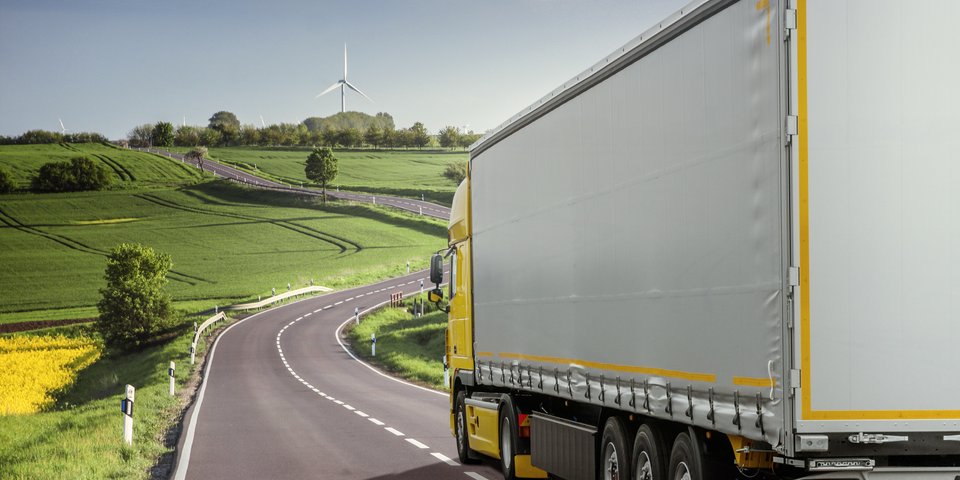 iStockphoto/paulbranding
iStockphoto/paulbrandingCommission President Juncker presents White Paper on the Future of Europe
How can the EU27 continue to develop after the departure of Great Britain? The EU Commission presents various options for discussion.
MS – 03/2017
Brexit has made it clear that the European Union is in crisis. As a result, the European Commission wants to look towards the future and find ways for the EU27 to evolve following Great Britain’s exit.
In a White Paper, European Commission President Jean-Claude Juncker has outlined five scenarios for where the Union could be by 2025, depending on which path it takes. The White Paper was presented on 1 March 2017 and details the advantages and disadvantages of each scenario. The scenarios are “neither mutually exclusive, nor exhaustive”. Juncker has promised there will be an open discussion about the White Paper and he hopes for an “honest and wide-ranging debate” with the Member States.
Scenario 1: Carrying on
The 27 Member States focus on reforms, jobs, growth and investment. Only “incremental progress” is expected in the Monetary Union, whereas significant experiences such as the refugee crisis may test the unity of the EU27 “in the event of major disputes”. Health and social policy would remain a shared competence.
Scenario 2: Nothing but the Single Market
The single market becomes the main objective of the EU because the Member States cannot agree on working together in other policy areas. Market access for medical devices and medicinal products as well as safe, healthy equipment would remain an integral part of the EU, but not social policy or areas regarding public health.
Scenario 3: Those who want more do more
A “coalition of the willing” could emerge in certain policy areas including social matters and health. However, the commission believes there could be an issue with “different layers of decision-making” further reducing transparency in Europe. The rights of EU citizens would depend on which group their country belongs to, for example, in terms of accessibility to expensive medicinal products.
Scenario 4: Doing less more efficiently
The Member States focus on fewer areas, but which offer added value, such as technical innovation, migration and border defence. This would involve the EU withdrawing from areas such as employment, social policy and health. These areas would then become the sole responsibility of the Member States. The Commission believes that this would enable the EU to act much quicker in its chosen areas.
Scenario 5: Doing much more together
The Member States and the EU agree to “share more power, resources and decision-making across the board”. This would mean a greater degree of cooperation, including health and social policy. However, the EU would have the same old problem: Brussels would have too much power without being democratically legitimised. In addition, the national parliaments consider themselves to be better legislators when it comes to organising social and health systems.
Next steps…
Juncker’s White Paper will be part of the Rome Summit to reflect on the 60th anniversary of the Treaties of Rome. At the Summit on 25 March, the heads of the 27 Member States, without the United Kingdom, want to discuss the future direction of the EU. The heads of state want to agree on a common approach for the next 10 years by the end of the year and thus in time for the European Parliament elections in June 2019.
https://ec.europa.eu/commission/news/commission-presents-white-paper-future-europe_en
